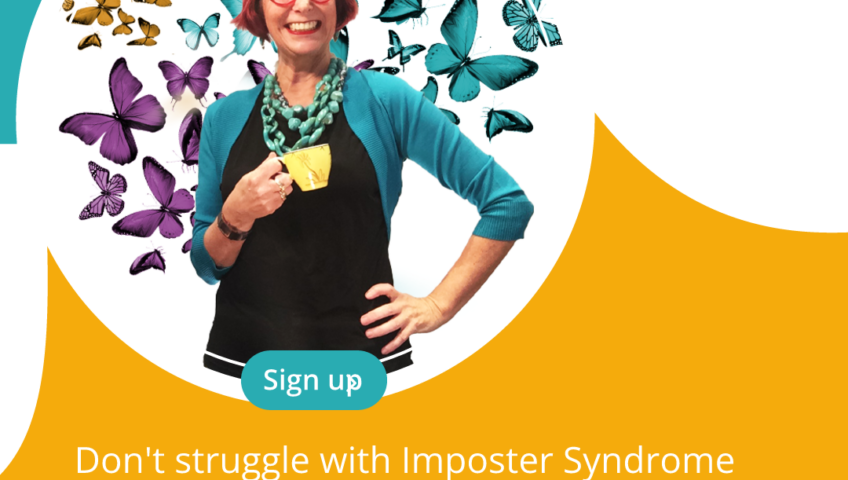Are you a manager or supervisor struggling to handle team dramas or conflicts? If so, this week’s tips and video are for you! First up, you might be wondering how to tackle people problems. It’s a great question, so I made this video to give you a few general guidelines.
But now let’s consider what you can do when entire teams develop problematic relationships. For example, does it seem like your team has gone feral or turned into a really bad reality show. This is always a tough situation to handle but consider this: you might be inadvertently fuelling the fire. You see, sometimes the strategies managers use to ‘resolve’ conflict actually feed. This then traps everyone in what I call the Team Drama Cycle.
So, what exactly is the Team Drama Cycle? It’s a toxic communication pattern that arises when you address the symptoms of a conflict instead of its root cause. Imagine this. One of your team members is consistently late for meetings. You address this with her, she apologises and promises to improve. But, lo and behold, she’s late again the next day. And just like that, you’re caught in a relentless cycle of feedback chats, apologies, and unchanged behaviour. Sound familiar?
How to spot a team drama cycle
Signs you’re caught in a Team Drama Cycle are usually pretty obvious. Here are the three most common symptoms to look out for.
- Feeling like you’re having the same conversation over and over.
- Dreading giving feedback for fear of stirring up drama.
- Seeing the same team members involved in every drama. It’s like they’re addicted to conflict.
If you’ve ticked any (or all) of these boxes, it’s time for a change. It’s time to break free from this draining cycle and shift your communication style from ineffective to high impact. So, how do you make this shift? It’s all about learning to hold tough conversations without getting sidetracked by others’ drama tactics. Here are my top three tips for doing this without causing drama to escalate into full-blown conflict.
Free e-book and video tips.
Get your copy today!

|
|
TIP 1: learn to handle dirty tactics
First up, learn how to predict, pre-empt and manage the dirty tactics people resort to during drama games. There are dozens of these, but you can learn strategies for dealing with them. In my minicourse The Verbal Attack Response System, for example, I explain how to deal with hostile criticism, toxic honesty, polarising statements and blaming or shaming generalisations.
TIP 2: set boundaries and make sure people adhere to them
Secondly, focus on setting boundaries and establishing healthy norms for behaviour. Sometimes this involves setting consequences for disrespectful or disruptive behaviour, but it can also mean simply modelling and enforcing the type of positive communication you want to see in your team.
TIP 3: work on team dynamics
Finally, foster a culture of open and honest communication. Make sure conflicts are addressed directly and promptly, instead of being swept under the rug. This might involve running some team-building sessions or teaching conflict resolution skills to your team. If this is done early, it can prevent small issues from escalating into full-blown dramas.
Breaking free from the Team Drama Cycle requires effort and commitment, but it’s worth it in the long run. Not only will you have a more harmonious and productive team, but you’ll also be setting an example for others to follow in handling conflicts effectively. So, don’t let team drama control your workplace any longer. Take action and break free from the cycle now. Your team (and your sanity) will thank you.
This article was created by Eleanor Shakiba
Eleanor is a leadership trainer and success coach. Her mission is inspiring talented people to become leaders who make a difference. Since discovering her passion for training and development, Eleanor has trained more than 60,000 people. She delivers face-to-face workshops for corporates, online masterclasses for leaders and Positive Psychology retreats for trainers, HR practitioners and leaders.









